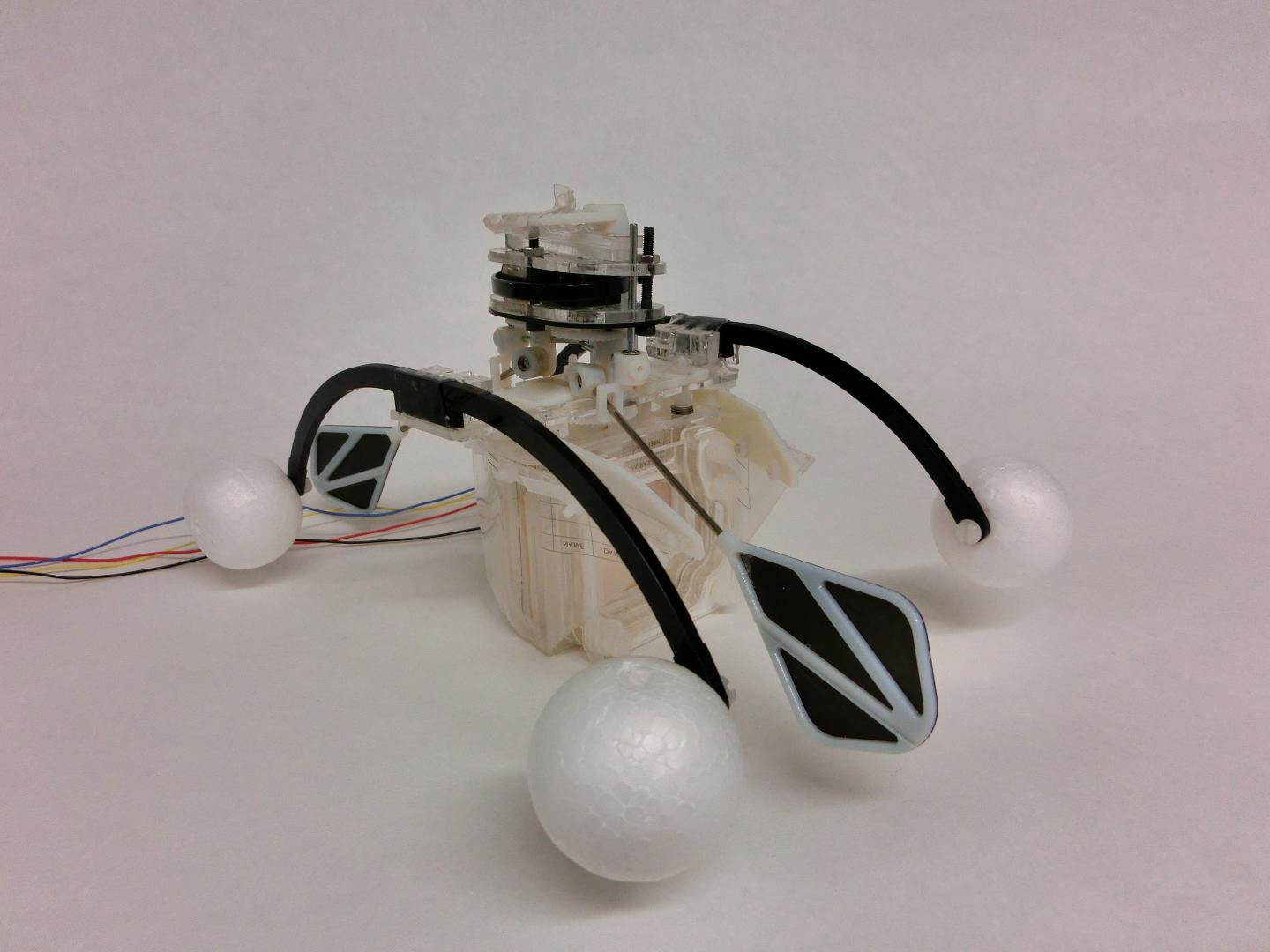Researchers from the Bristol Robotics Laboratory (BRL) have developed the Row-bot, a robot that thrives in dirty water.
The research team took its inspiration for development from water beetles and other swimming insects, that feed on rich organic matter in dirty water.
The autonomous swimming Row-bot was developed to operate indefinitely in remote unstructured locations by scavenging its energy from the environment. If the robot is hungry, it opens its mouth and rows forward to fill its microbial fuel cell (MFC) stomach with dirty water. Then it closes its mouth and digests the nutrients from the water. Its MFC stomach uses the broken down organic matter to generate electricity via bio-inspired mechanisms. When it has recharged, the Row-bot rows to a new location.

“The work shows a crucial step in the development of autonomous robots capable of long-term self-power. Most robots require re-charging or refuelling, often requiring human involvement,” said Jonathan Rossiter, Professor of Robotics at the University of Bristol and BRL.
The prototype robot combines a bio-inspired energy source and bio-inspired actuation. The first subsystem shows the power generation capability of the robot. The second system starts the re-fueling process and moves the robot with an energy requirement lower than the one generated by the first system. This happens by feeding on chemical energy contained in its surrounding fluid to support microbial metabolism inside the MFC.
“We anticipate that the Row-bot will be used in environmental clean-up operations of contaminants, such as oil spills and harmful algal bloom, and in long term autonomous environmental monitoring of hazardous environments, for example those hit by natural and man-made disasters,” said Hemma Philamore, PhD student.
By using both these systems the robot can be totally independent in water providing enough energy is available in the fluid.


Comments are closed, but trackbacks and pingbacks are open.